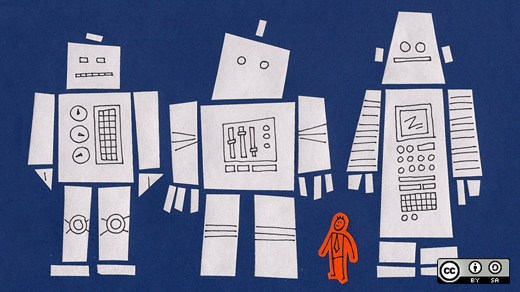Last night, Red Hat President and CEO Jim Whitehurst gave a talk to a group made up of mostly students and faculty at the NC State School of Engineering.
Jim Whitehurst is in a rather unique position because he has managed both an icon of the 20th century corporation (Delta Airlines) and what we'd like to think is a good example of the 21st century corporation at Red Hat.
Because of his experiences, Jim is able to clearly see and articulate the differences between the old model of corporate culture, based on classic Sloan-esque management principles, and the emerging model, based in many ways on the power of participation broadly (and in our case, the open source way specifically).
One very simple point Jim made that really struck me: Companies with 20th century business models need to realize that they are already hiring 21st century employees.
People coming out of school today have grown up in an age where the ability to participate and share broadly is all they've known. These folks have grown up with email accounts, the Internet, Facebook, and all of the other trappings of a connected world.
So when they graduate from school and take jobs working in old-style corporate cultures, where progressive principles like transparency, collaboration, and meritocracy lose out to the old world of control, power, and hierarchy, what happens?

Something akin to Lost in Translation happens.
Executives in these 20th century cultures may misinterpret the motivations of their young employees, seeing them as power-hungry, wanting to be VP by lunch and CEO by the end of the week. Why are they always pushing for more?
These 21st century employees don't want power and title-- they want to be heard. They live in a world where the best ideas can win, no matter where they come from. They don't understand (or don't care) that this just "isn't the way it is done" in the corporate world.
Or at least it didn't used to be...
To me, Jim's point is simple and clear. 20th century corporate cultures must change if they want to attract the best talent that the new workforce has to offer. People who've grown up watching the best ideas win on YouTube don't understand why it would work any other way (I mean, the Sneezing Baby Panda video has been viewed over 40 million times!).
Is your company culture designed for the 21st century employee? Perhaps you should ask some of your 21st century employees and see what they say. And if you don't see any 21st century employees when you look around, you may already have your answer...
This article originally appeared on Dark Matter Matters.






2 Comments